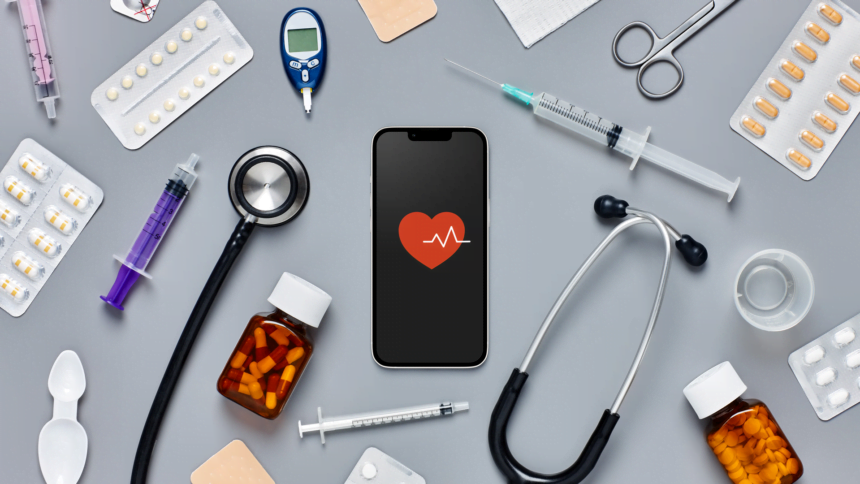With remarkable growth projected over the next decade, Software as a Medical Device (SaMD) has become a key focus area for the healthcare industry. Companies across the spectrum from Pharma to MedTech have their eye on it to improve care outcomes, enhance efficiencies and tap into the vast goldmines of data at their disposal.
Navigating the SaMD product development process is challenging. There is strong regulatory oversight to make sure your products are safe and effective. And since the category is relatively new, there is less precedent and fewer predicate devices, you can use to simplify and streamline the complex journey from idea to approval and market launch.
That’s why we’ve extracted these key medical device regulatory consulting insights. Harness them to reduce your costs, accelerate product development and uncover new opportunity areas for your product now and in the future.
Everything starts with device classification
Regardless of whether you are building SaMD for the EU, US or other markets, how your device is classified by the relevant regulatory authorities will greatly impact what steps you must take to get to market.
Here, we’ll discuss this in the context of the FDA process. There are broad similarities between regions, but be sure to examine country specifics from the start.
You need to begin by crafting your “intended purpose” statement. This is what you’ll submit to the FDA and it explains what the device is used for. It sounds simple enough, but it’s incredibly important. How you structure it will give you the flexibility critical for successful medical device development—and likewise, in terms of time and cost. Even small changes to it can greatly impact how you’ll go through certification.
So how do you craft your statement? Start by examining your market and similar devices in it. It’s also critical to bear in mind that though you may be building SaMD, the entire solution doesn’t have to be a medical device. In fact, only specific components of it need to be.
Figure out what parts of your solution will require regulatory approval (i.e. do they materially impact patient health) and from there, write your statement. More importantly, take the time to work with vetted experts in software as a medical device development consulting. They can help you evaluate essential information that goes into your statement, including medical indications and contraindications, user groups, tissue type, functioning principle, usage environment and device limitations/device misuse.
Think about your SaMD product with your endgame in mind
Successful SaMD and MedTech product development is a long game. We are talking about technologies that are very new to the market and which will evolve rapidly over the next decade.
While SaMD development can be less expensive than the traditional medical device development process, you still have to consider many variables. These include:
- Your company’s age and experience in the industry
- Existing or similar solutions on the market
- Product niche
- Budget and financial support
- Stakeholder buyer-in
- Changing regulatory requirements
- The complexity of the technology involved
- How your treatment integrates into the technology ecosystem
- Standalone or companion treatment options
Each of these areas presents its own complexities, and there is no one-size-fits-all approach. But, likewise, they’ll all impact the budgetary requirements for market entry.
Faster healthcare innovation with SaMD development services
During your product ideation phase, it’s critical to answer these questions:
- What are the costs of SaMD development, including regulatory body fees? How long will it take to create a device with them in mind?
- How do you ensure accurate cost estimates so you’ll stay within budget and project duration?
- What types of tools, know-how sets and frameworks can you leverage to accelerate the process?
- How can you reduce costs while maintaining product safety, efficacy and security?
The bottom line is that estimating these costs can be immensely difficult even for companies with an excellent track record of bringing SaMD products to markets. To ensure your success, partner with a Healthcare technology consulting firm early in your journey. This will allow you to streamline the regulatory process and free up or maximize resources so you can move to the market quickly and never look back.
Move fast. Simplify. And get your SaMD product into the hands of healthcare professionals and patients sooner. Find out why today’s most dynamic MedTech and digital healthcare companies like ZEISS, Constant Therapy, gMendel and many more harness Star consulting at every stage of their innovation journey.

